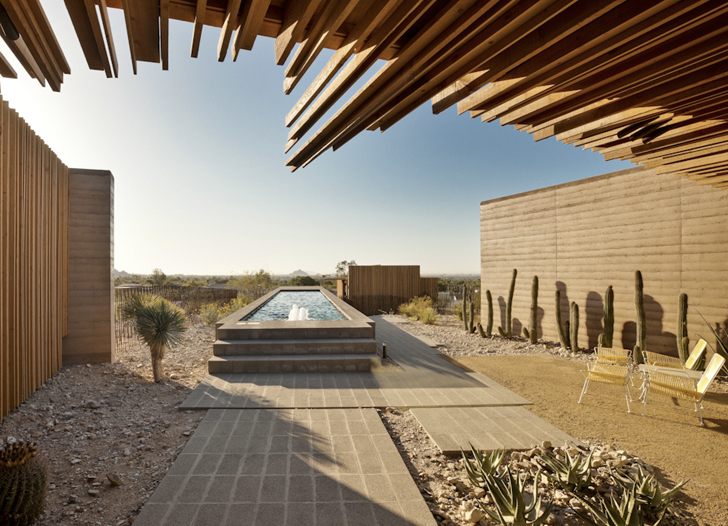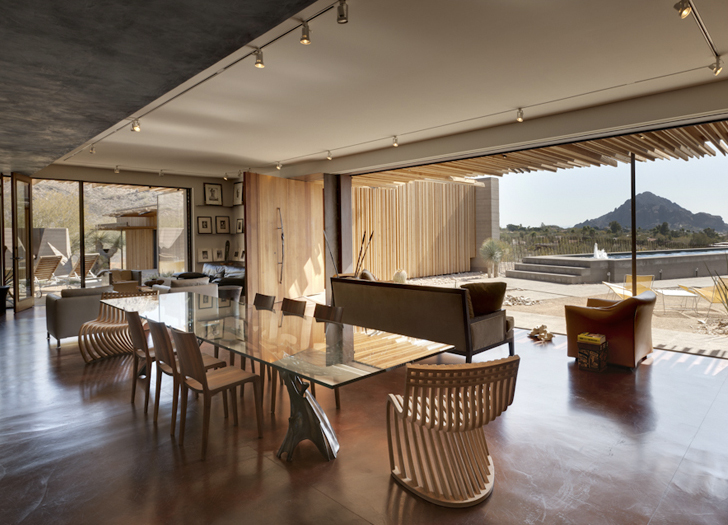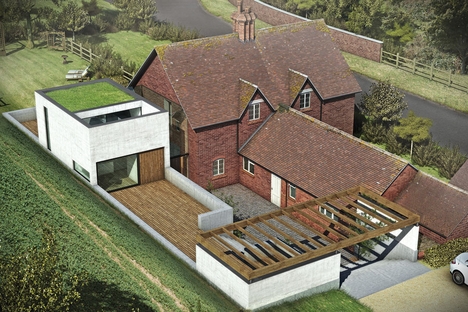
Located in Glendale, California, the 23,000 square-foot childcare facility, designed by Marmol Radziner, accommodates 236 children between infant and Pre-K ages. The complex is the first LEED Gold Certified building in Glendale, and is the largest rammed earth building in Southern California. The sustainable strategies incorporated into the building, including photovoltaic panel canopies and structural rammed earth walls, are key visual and tactile elements in the design, emphasizing the facility as both a learning environment and an educational tool.








